
A Short Post Guide to the Cuts of Beef Part One
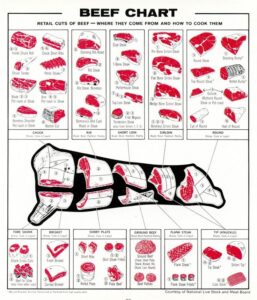
- Richard Reynolds Jr.
Are the different cuts of meat important?
Have you ever marveled at the multitude of cuts that can be derived from a single cow (steer)? From succulent steaks to savory roasts, the world of beef cuts is vast and varied. In this short blog post series, we’ll embark on a journey to unravel the mysteries surrounding these diverse cuts of beef. Twice a week, on Mondays and Thursdays, we’ll explore different aspects of beef cuts, from understanding the anatomy of the cow to discovering the best cooking techniques for each cut. Get ready to expand your culinary knowledge and elevate your beef-cooking skills with each installment of this series.
Reasons why it is important to know the cuts of meat:
There are several compelling reasons for delving into the world of beef cuts. Firstly, many consumers are unaware of the existence of certain cuts that offer exceptional flavor and tenderness at a more affordable price point compared to renowned options like filet mignon. From the succulent flat iron steak to the flavorful tri-tip roast, these underrated cuts provide excellent value for budget-conscious shoppers. Secondly, an informed consumer is a smarter consumer. By understanding the characteristics of different cuts, you can navigate your local butcher shop with confidence, ensuring that you receive cuts of beef that best suit your preferences and culinary needs. Whether you’re purchasing meat by the quarter or the half, this post aims to equip you with the knowledge necessary to make informed decisions and elevate your dining experience.

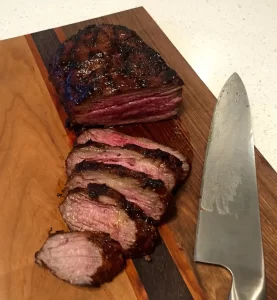
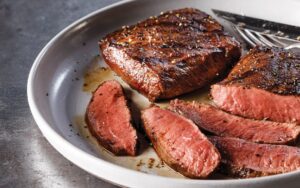
the Basics:
Let’s start with the basics of explaining the cuts of meat that come from a cow (steer). To an American butcher, there are Eight (8) parts of a cow (steer) from which they organize their cuts. These are referred to as the Eight (8) primal cuts of beef, which are listed below:
- Chuck
- Rib
- Loin
- Round
- Flank
- Plate
- Brisket
- Shank
Each of these primal cuts plays a distinct role in the anatomy of the cow and yields a variety of cuts with unique characteristics and flavors.
Sub-Primal Cuts:
Within the Eight (8) primal cuts of meat, there are “sub-primal cuts” that serve as essential components in the culinary landscape. Sub-primal cuts, obtained by further dividing the primary cuts of beef into smaller portions, play a crucial role in providing versatility and flavor in cooking. These cuts act as intermediaries between the large primal cuts and the individual retail cuts found at butcher shops and supermarkets. For example, the beef tenderloin, renowned for its tenderness and versatility, is a prime example of a sub-primal cut. Similarly, the ribeye roast offers rich marbling and intense flavor, while the hearty chuck roast is perfect for slow-cooking to tender perfection. These sub-primal cuts are sourced from specific regions of the carcass, such as the loin, rib, chuck, round, and flank, each containing muscles with similar characteristics and cooking requirements. Understanding these cuts empowers both professionals and home cooks alike, providing flexibility in cooking and menu planning. Whether you’re a seasoned chef or an aspiring home cook, exploring the world of sub-primal cuts opens up a myriad of culinary possibilities, inviting you to unleash your creativity in the kitchen.
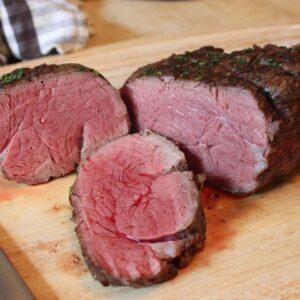

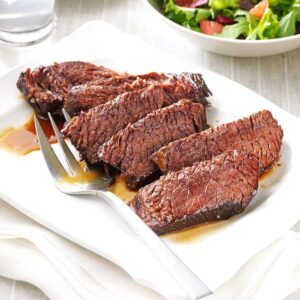
Characteristics of sub-primal cuts
The characteristics of sub-primal cuts exhibit consistent qualities within their respective categories, offering a diverse array of options for culinary exploration. For instance, cuts from the loin region, such as the tenderloin and T-bone steak, are prized for their exceptional tenderness and delicate flavor profiles. Conversely, sub-primal cuts from the chuck, like the chuck roast and blade steak, boast robust flavors but may benefit from longer cooking times to achieve optimal tenderness. Similarly, cuts from the round region, including the top round and bottom round, are lean and well-suited for slow-cooking methods such as braising or roasting, resulting in tender and flavorful dishes. Meanwhile, sub-primal cuts from the brisket and plate regions, such as brisket and skirt steak, offer rich, beefy flavors that are ideal for marinating and grilling. Understanding these characteristics empowers home cooks and chefs alike to select the most suitable cuts for their culinary creations and experiment with a variety of cooking techniques to enhance flavor and texture.


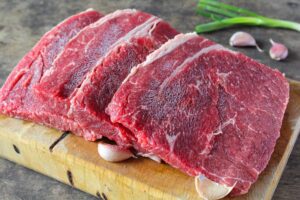
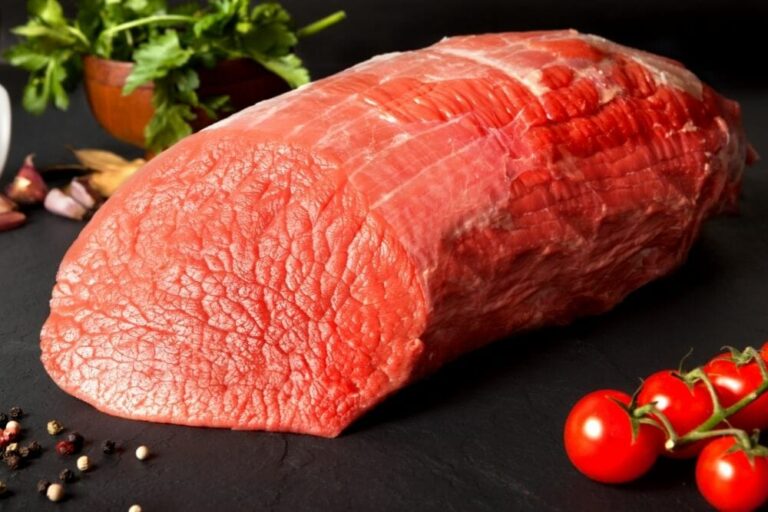


Did you Know?
Skirt steak comes from the diaphragm muscle of the cow, specifically the plate section. It is a long, flat cut with intense beefy flavor. Skirt steak is known for its coarse texture and rich, beefy flavor. It has a pronounced grain that makes it perfect for marinating and grilling. Due to its coarse texture, skirt steak benefits greatly from marinating. Marinating helps tenderize the meat and infuse it with additional flavor. Common marinade ingredients include lime juice, soy sauce, garlic, and cilantro.
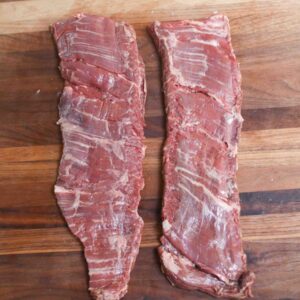
In Closing:
In conclusion, we’ve thoroughly examined the significance of familiarizing oneself with the diverse cuts of beef derived from a cow (steer), notably the Eight Primal Cuts. By identifying these foundational cuts, we’ve begun to unravel the intricacies of sub-primal cuts nestled within them, gaining insight into their distinct characteristics. In our forthcoming blog post, we’ll delve deeper into the practical applications of these sub-primal cuts, supplementing our exploration with illustrative examples. If space permits, we’ll also embark on a detailed examination of select sub-primal cuts, enriching our understanding further. As always, I encourage you to leave any comments or questions you may have and be sure to stay tuned for the next installment, coming up this Friday!
